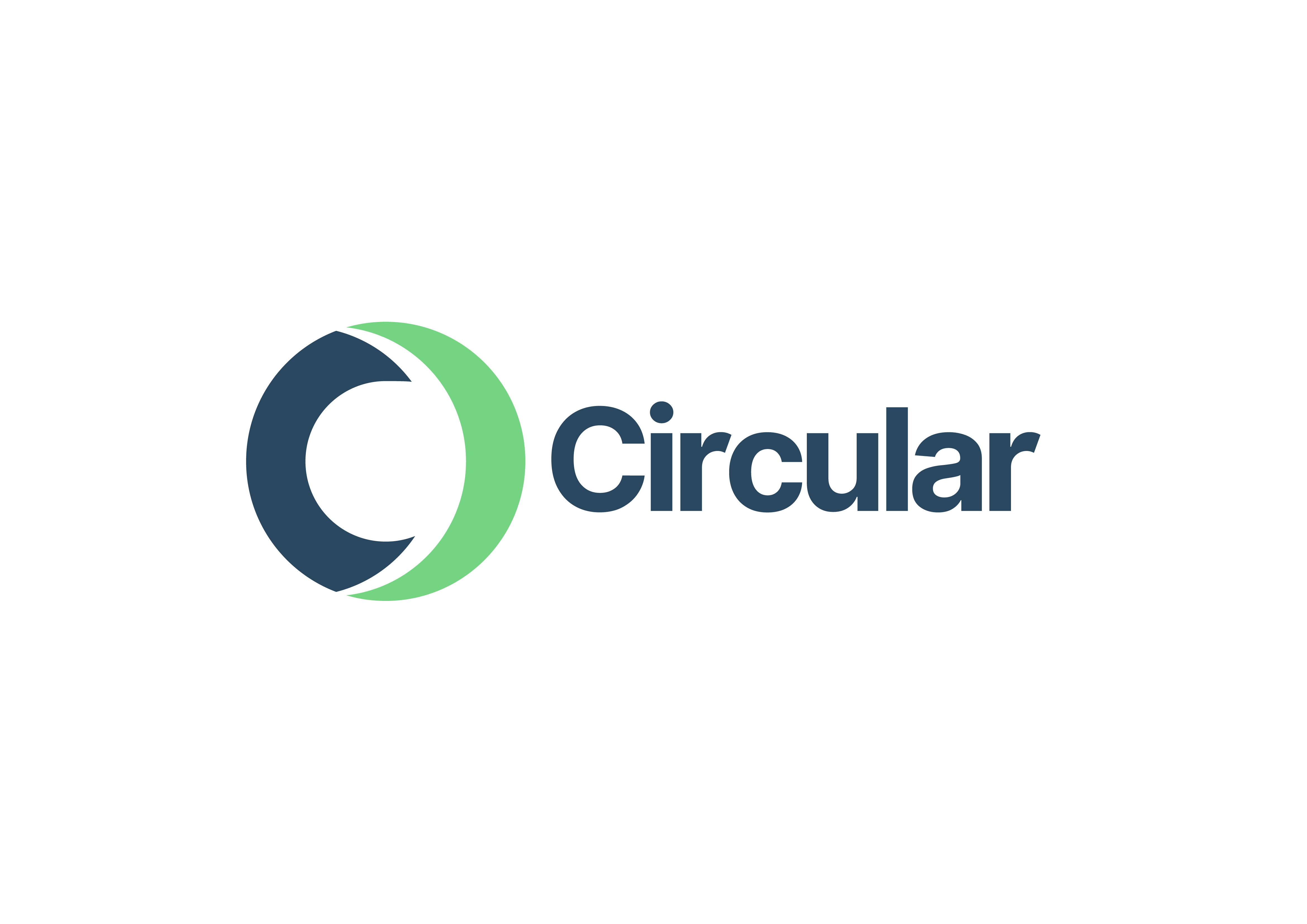Planning for Seasonality in Recruitment: Why Businesses Must Prepare for Q4 2025 Now
The recruitment market is inherently seasonal, with hiring trends fluctuating throughout the year. While many businesses focus on immediate hiring needs, the most strategic organisations understand the importance of forward planning—especially when it comes to preparing for the challenges and opportunities of Quarter 4 (Q4) and beyond.
At Circular Recruitment, we advise our clients to stay ahead of the curve by anticipating workforce demands, mitigating seasonal slowdowns, and ensuring they are not caught off guard when peak hiring periods arrive. In this blog, we explore the impact of seasonality on the recruitment market and why businesses need to start planning for Q4 2025 now.
Understanding Seasonality in Recruitment
Seasonality affects recruitment in various ways, depending on industry trends, economic cycles, and workforce availability. Some of the most common seasonal patterns include:
· Q1 Hiring Boom: The start of the year often sees a surge in hiring as budgets reset and businesses push forward with fresh growth initiatives. This is a prime time for recruitment, but competition for talent is fierce.
· Q2 Stabilisation: By mid-year, recruitment tends to stabilise as companies focus on executing strategies. Hiring still occurs, but at a steadier pace.
· Q3 Summer Slowdown: Many businesses experience a temporary lull in hiring due to summer holidays and lower candidate availability. However, this is an ideal time to pipeline talent for upcoming needs.
· Q4 End-of-Year Rush: The final quarter brings a mix of budget-conscious hiring freezes and last-minute talent acquisitions to close out the year. Many organisations also use Q4 to plan for the following year’s recruitment needs.
Understanding these seasonal trends enables businesses to align their talent acquisition strategies with market conditions, ensuring they are not reactive but proactive in securing the best talent.
Why You Should Be Planning for Q4 2025 Now
1. Avoiding the Year-End Recruitment Scramble Many businesses delay hiring decisions until Q4, only to find themselves in a last-minute rush to fill roles before the year closes. By planning now, organisations can ensure a smoother, more strategic approach to hiring rather than making rushed decisions.
2. Securing Top Talent Before the Competition The best candidates are often snapped up early. If you wait until Q4 to start your search, you may find that your ideal candidates have already committed elsewhere. Engaging with talent ahead of time allows you to build relationships and secure key hires before demand spikes.
3. Budget and Resource Allocation Workforce planning should align with financial forecasting. Knowing your hiring needs for Q4 2025 now ensures that you allocate the necessary budget, avoiding last-minute financial strain or unplanned costs.
4. Mitigating Seasonal Hiring Challenges Recruitment processes tend to slow down in Q4 due to end-of-year closures, holidays, and candidate availability. Planning in advance allows for contingencies, ensuring roles are filled without unnecessary delays.
5. Enhancing Employer Branding and Talent Pipelines A well-prepared hiring strategy allows businesses to engage with potential candidates over time, strengthening employer branding and keeping a talent pipeline ready for when vacancies arise.
How to Prepare for Q4 2025 Recruitment
1. Conduct a Workforce Audit Assess current and future workforce needs. Identify skill gaps and determine which roles will require recruitment in Q4 and beyond.
2. Develop a Talent Acquisition Strategy Work with a recruitment partner to build a strategy that includes early talent engagement, succession planning, and proactive candidate sourcing.
3. Engage in Talent Mapping Identify high-potential candidates now and begin nurturing relationships so that they are ready to transition when your hiring window opens.
4. Refine Your Employer Value Proposition (EVP) Candidates will always be drawn to organisations that present a compelling EVP. Ensure your company is positioned as an employer of choice through strong branding and a clear value proposition.
5. Leverage Recruitment Technology Use advanced recruitment tools and data analytics to forecast hiring needs, streamline recruitment processes, and improve hiring efficiency.
6. Stay Agile and Adapt to Market Conditions External factors such as economic shifts, legislative changes, and workforce trends can influence recruitment. Stay informed and be ready to adjust your hiring plans accordingly.
Conclusion: Get Ahead Now for Future Success
Q4 may seem distant, but the most successful businesses know that future recruitment planning starts today. By anticipating hiring needs, engaging with talent early, and aligning recruitment with business goals, companies can ensure they are well-prepared for the seasonal fluctuations of the recruitment market.
At Circular Recruitment, we specialise in helping businesses plan ahead, mitigate hiring risks, and secure top-tier talent in competitive markets. If you’re ready to start planning for Q4 2025 and beyond, get in touch with our team today.


